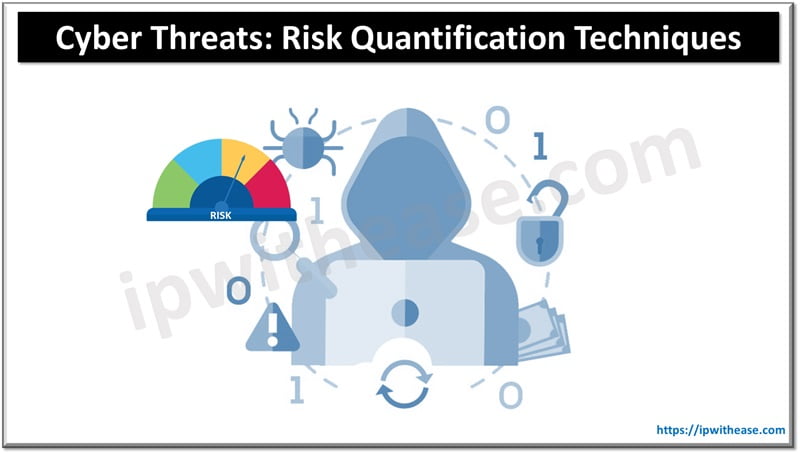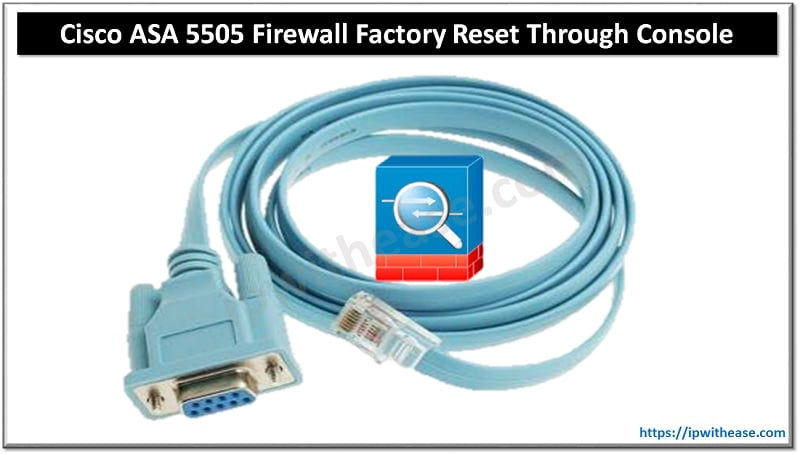Table of Contents
In today’s digital age, businesses and individuals are increasingly vulnerable to cyber threats. These threats can range from phishing scams and ransomware attacks to data breaches and sophisticated hacking attempts. Understanding and managing these risks is crucial for safeguarding sensitive information and maintaining trust. One key aspect of this process is risk quantification – a method used to measure and assess the potential impact of cyber threats. This article will explore advanced techniques for quantifying cyber risks, providing insights into how organizations can better protect themselves.

Understanding Cyber Risk Quantification
Cyber risk quantification is the process of assessing the potential impact of cyber threats on an organization’s assets. This involves evaluating the likelihood of various threats and their possible consequences. Unlike traditional risk management, which may rely on qualitative assessments, cyber risk quantification uses quantitative methods to provide a more precise measure of risk.
The goal is to translate complex cyber risks into understandable metrics, enabling organizations to make informed decisions about their security measures. By quantifying risks, businesses can prioritize their resources and efforts to address the most significant threats. Engaging in comprehensive cyber risk quantification allows organizations to precisely measure and understand potential vulnerabilities, thereby enhancing their ability to implement targeted and effective security strategies.
Key Techniques for Risk Quantification of Cyber Threats
- Probability and Impact Analysis
This technique involves assessing both the likelihood of a cyber threat occurring and the potential impact it could have. The probability refers to how likely it is that a particular threat will materialize, while the impact measures the potential damage it could cause. To perform this analysis, organizations often use historical data and threat intelligence to estimate probabilities. For impact assessment, businesses can consider factors such as financial losses, reputational damage, and operational disruptions.
For example, if there’s a high probability of a phishing attack and a significant impact if it succeeds, the organization will need to invest in stronger email security and employee training. - Quantitative Risk Models
Quantitative risk models use mathematical and statistical techniques to estimate the potential impact of cyber threats. These models take into account various factors, including the value of assets, the effectiveness of existing controls, and the likelihood of different attack scenarios. One common model is the Annual Loss Expectancy (ALE), which calculates the expected annual loss due to a specific threat. It’s determined by multiplying the Single Loss Expectancy (SLE) – the financial loss from a single incident – by the Annual Rate of Occurrence (ARO) – how often the incident is expected to occur.
For example, if a data breach has an SLE of $100,000 and an ARO of 0.1 (meaning it’s expected to occur once every ten years), the ALE would be $10,000. This figure helps organizations budget for potential losses and invest in preventative measures. - Scenario Analysis
Scenario analysis involves creating and evaluating different “what-if” scenarios to understand potential risks. This technique helps organizations anticipate various attack vectors and their possible outcomes.
For instance, a scenario might involve a ransomware attack that encrypts critical data. The analysis would explore the potential financial impact, the cost of remediation, and the effect on business operations. By analyzing different scenarios, organizations can identify vulnerabilities and plan appropriate responses. - Monte Carlo Simulation
Monte Carlo simulation is a statistical technique that uses random sampling to model the probability of different outcomes. In the context of cyber risk quantification, it involves running multiple simulations to estimate the range of possible losses from cyber threats. This method is useful for understanding the variability in risk estimates and providing a range of potential outcomes rather than a single figure. For example, Monte Carlo simulation might show that the financial impact of a cyber attack could range from $50,000 to $200,000, with a certain probability for each outcome. - Risk Heat Maps
Risk heat maps visually represent the likelihood and impact of various risks. These maps use color-coded grids to highlight areas of high and low risk. By plotting risks on a heat map, organizations can quickly identify which threats pose the greatest danger. For example, a heat map might show that phishing attacks are highly likely and have a high impact, indicating a need for stronger defenses. Heat maps also help in communicating risks to stakeholders by providing a clear, visual representation of the risk landscape.
Implementing Risk Quantification in Your Organization
To effectively implement these techniques, organizations should follow a structured approach:
- Identify Assets and Threats
Begin by cataloging all valuable assets, including data, systems, and infrastructure. Identify potential threats that could affect these assets, such as malware, insider threats, or natural disasters. - Gather Data
Collect data on historical incidents, threat intelligence, and asset values. This information is essential for accurate risk assessment and modeling. - Choose Techniques
Select the risk quantification techniques that best suit your organization’s needs. Depending on your resources and goals, you may use a combination of methods, such as probability and impact analysis with Monte Carlo simulations. - Analyze and Interpret Results
Use the chosen techniques to analyze risks and interpret the results. Focus on understanding the potential impact of different threats and prioritize actions based on the findings. - Implement Risk Management Strategies
Develop and implement strategies to mitigate identified risks. This may involve enhancing security measures, conducting regular training, and establishing response plans. - Review and Update
Risk quantification is an ongoing process. Regularly review and update your risk assessments to account for new threats, changes in technology, and evolving business needs.
Challenges and Considerations
While risk quantification provides valuable insights, it also comes with challenges. Some common issues include:
- Data Quality: Accurate risk quantification relies on high-quality data. Inaccurate or incomplete data can lead to misleading results.
- Complexity: Advanced techniques, such as Monte Carlo simulations, can be complex and require specialized knowledge and tools.
- Changing Threat Landscape: The cyber threat landscape is constantly evolving, making it challenging to keep risk assessments up-to-date.
To address these challenges, organizations should invest in training, tools, and resources to support effective risk quantification. Collaborating with cybersecurity experts and leveraging threat intelligence can also enhance the accuracy and relevance of risk assessments.
Conclusion
Decoding cyber threats through advanced risk quantification techniques is essential for protecting organizations in today’s digital environment. By understanding and measuring the potential impact of cyber threats, businesses can make informed decisions and implement effective security measures. Techniques such as probability and impact analysis, quantitative risk models, scenario analysis, Monte Carlo simulation, and risk heat maps provide valuable insights into the risk landscape.
Implementing these techniques requires a structured approach, including identifying assets and threats, gathering data, choosing appropriate methods, and regularly reviewing and updating risk assessments. While challenges exist, investing in the right tools and expertise can significantly enhance an organization’s ability to manage cyber risks effectively.
ABOUT THE AUTHOR
IPwithease is aimed at sharing knowledge across varied domains like Network, Security, Virtualization, Software, Wireless, etc.



